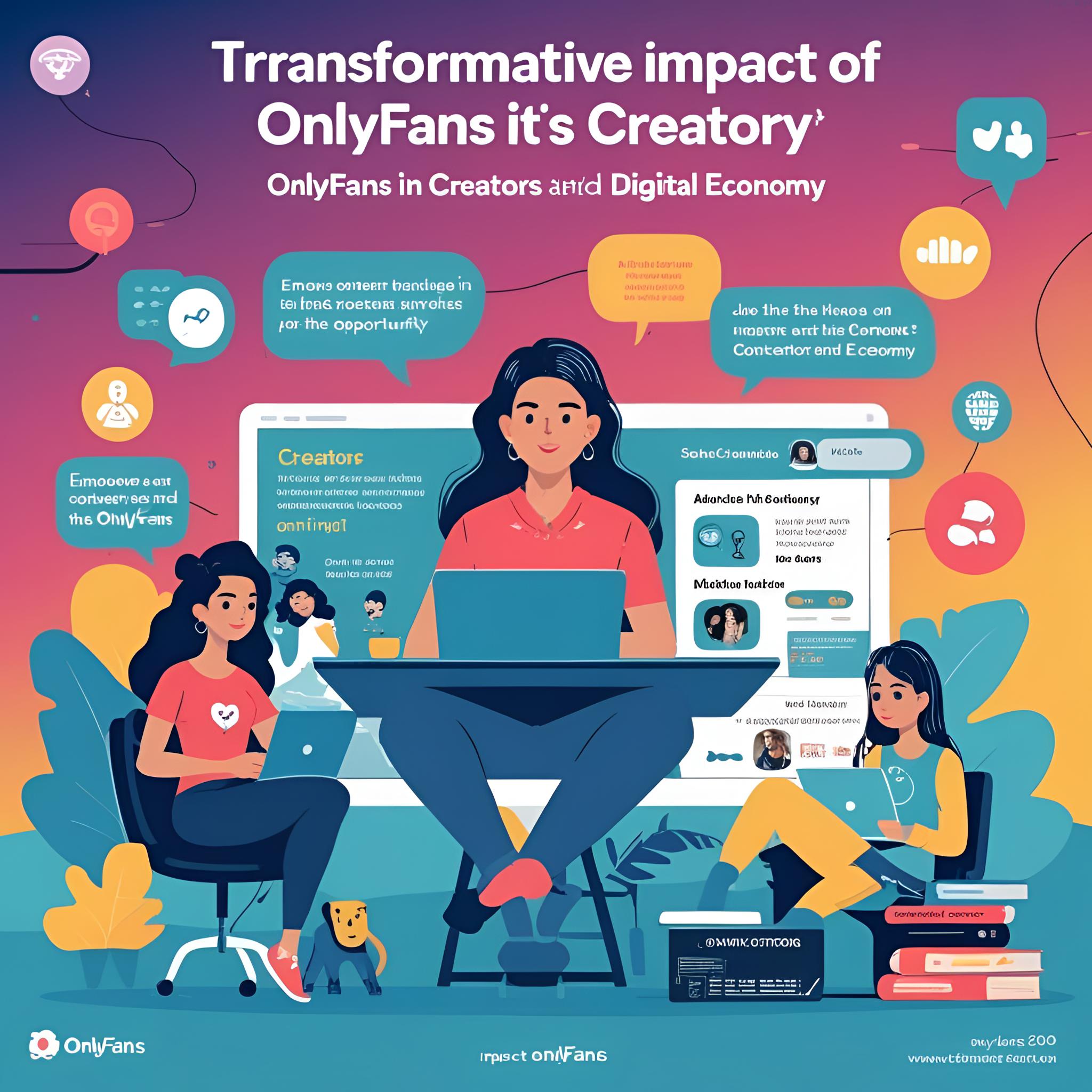In the evolving landscape of digital media, few platforms have captured as much attention—and controversy—as OnlyFans. Launched in 2016, OnlyFans began as a social platform for creators to monetize their content directly from subscribers. While widely associated with adult content, the platform has grown into a broader space for all kinds of creators, from fitness coaches and musicians to chefs and artists. OnlyFans has fundamentally transformed how creators monetize their work, engage with their audiences, and maintain ownership over their content.
What Is OnlyFans?
OnlyFans is a subscription-based platform where users pay a monthly fee to access exclusive content from their favorite creators. Unlike traditional social media platforms that rely on ads and algorithms, OnlyFans offers a direct, pay-to-view model. This gives creators complete control over their income, pricing, and audience interaction.
Creators can upload photos, videos, audio clips, livestreams, and written content, with options to offer pay-per-view (PPV) content, tips, or bundle packages. This flexibility empowers individuals to tailor their presence to meet their brand and audience expectations.
The Creator Economy’s New Frontier
One of the standout features of OnlyFans is its role in the creator economy. As traditional employment becomes more precarious and gig work expands, platforms like OnlyFans have opened new avenues for financial independence.
According to the company, over 3 million creators have joined the platform, with more than 220 million users registered as of 2024. Many top creators earn six or seven figures annually, though success varies widely and depends on marketing, niche, and engagement.
Diverse Content Categories on the Rise
While adult content remains a significant part of the platform, there’s a growing ecosystem of content in categories like:
-
Fitness and Wellness: Trainers offer exclusive workouts, diet plans, and personal coaching.
-
Music and Entertainment: Creators offer exclusive glimpses into their process, from unreleased music and private performances to candid studio moments.
-
Education and Tutorials: Experts provide language lessons, cooking tutorials, or even academic coaching.
-
Lifestyle and Vlogging: Influencers create personal, behind-the-scenes content not available on YouTube or Instagram.
This shift shows OnlyFans’ potential to evolve beyond its initial associations and compete with major creator platforms like Patreon, YouTube, and Substack.
The Controversies and Challenges
OnlyFans has faced its share of challenges. In 2021, the platform announced a ban on explicit content, citing pressure from banking partners—only to reverse the decision days later following backlash from creators and users. This incident underscored the tension between financial institutions and adult-content platforms, as well as the vulnerability of creators to platform policies.
Another major concern is content piracy and leaks, a risk common to digital content platforms. While OnlyFans invests in security and legal action, protecting digital IP remains a persistent issue.
Empowerment or Exploitation?
There’s an ongoing debate about the platform’s impact, especially regarding sex work. Supporters argue that it offers safety, autonomy, and financial freedom to people traditionally marginalized or exploited in offline industries. Critics raise concerns about exploitation, coercion, and mental health implications—particularly for young people drawn to the platform’s income potential.
The truth likely lies somewhere in between. As with any tool, the outcomes depend on how it’s used—and by whom.
The Future of OnlyFans
Looking ahead, OnlyFans is expected to diversify further. With growing interest in Web3 technologies, NFTs, and creator-owned ecosystems, the platform may explore integrations that give creators even more ownership and monetization opportunities.
Additionally, as social media platforms face increasing scrutiny over data privacy, censorship, and monetization, OnlyFans’ subscriber-based model could become even more attractive to creators seeking independence from ad-driven systems.
Final Thoughts
OnlyFans represents more than just a trend—it’s a reflection of the evolving landscape of the digital economy. Whether empowering creators, challenging norms, or sparking debate, it has undeniably changed the way we think about content, privacy, and monetization.
As society continues to navigate the intersection of technology, expression, and commerce, OnlyFans stands as a complex—but powerful—case study in the modern digital age.






